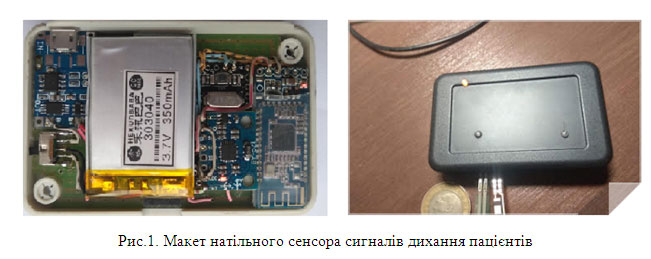Designing modern service systems based on the example of m -Health for frontline settlement residents in the ATO area
The increasing complexity of modern information systems, including grid / cloud infrastructures, has led to the expansion of a modular approach to developing their software using standardized interfaces between parts, as foreseen by the Service Oriented Architecture (SOA) concept. This architecture is presented as a set of services and processes that can be combined, and modified over time according to changes in requirements with the help of workflow schedulers (workflows). However, cloud SOAs have differences from SOAs built on isolated e-infrastructures, above all, in taking advantage of the virtualization of both hardware (server) and software (OS) resources.
The work is devoted to the study of the necessary changes in service oriented architectures (SOA) in connection with the general tendency of transfer of applications to the cloud environment, in particular, to the European open scientific cloud. The basic differences between traditional first- generation SOA (based on web services with unified communications protocols) and next- generation cloud MSA (based on microservices with containers) are explored, the feasible ways of converging them to provide effective virtualization of cloud hardware and system resources are shown. The feasibility of using semantic models to discover the required services based on functional and non-functional features from the service registers, the possibility of automating the design of service systems for a cloud environment are also investigated. The project proposes an innovative method of designing microservice cloud applications based on domain ontologies of subject industries with transformation of business process ontology into sequential models (CIM, PIM, PSM) with gradual increase of influence of parameters of the service platform, which is used to implement the service system. Finally, for the convenience of users, the available macro services of the FIWARE and Programmable Web repositories are presented. The use of service-oriented architectures (SOA) and distributed service registers can significantly reduce the cost and quality of application software that is created, as well as provide ways to integrate applications across a large number of enterprise or multiple enterprise information systems across a country or continent. The application of a service-oriented approach to designing a mobile medical system for personal monitoring and treatment of patients with chronic diseases is considered and a list of patient services, physician and platform support is proposed as a proposal for the third stage of national medical reform.

| Attachment | Size |
|---|---|
| 682.51 KB |




